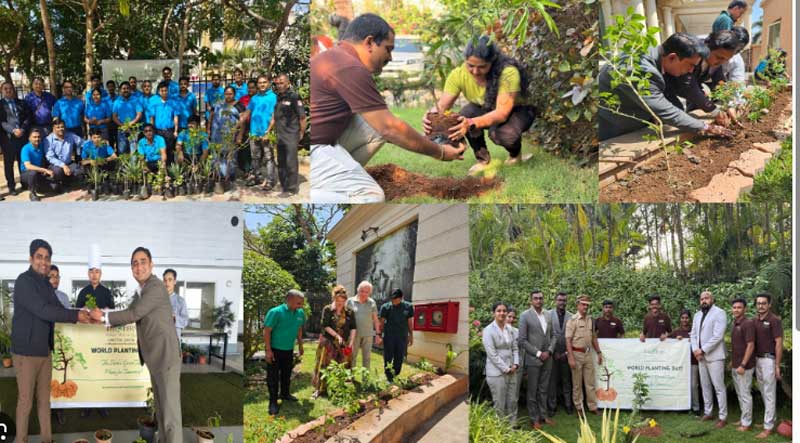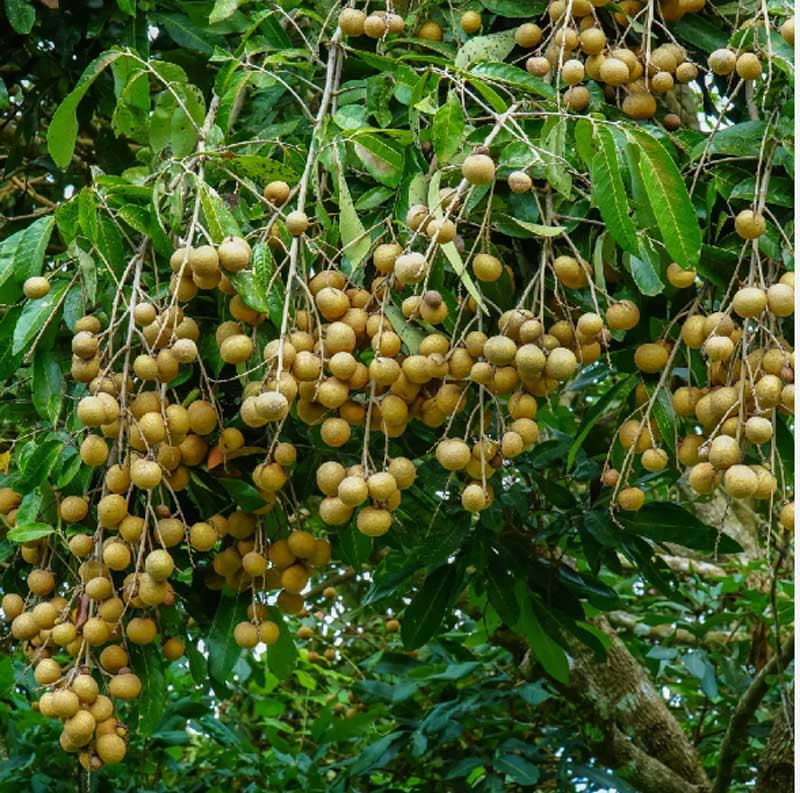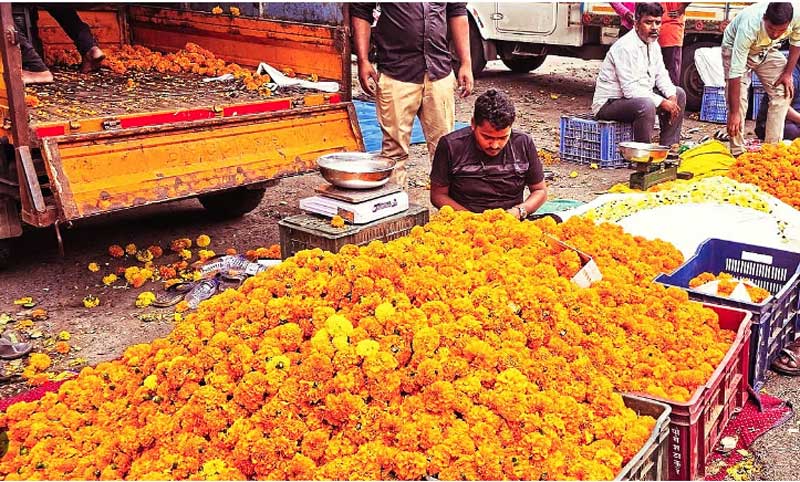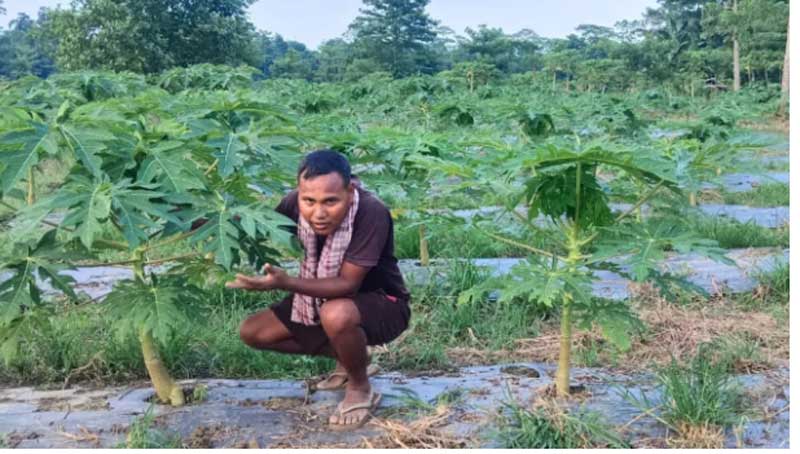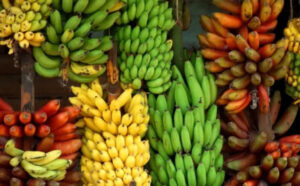Papaya yield remains low in Bihar due to virus disease
Samastipur: Papaya is grown in every nook and cranny in Bihar. Overall, the state produces a total of 42.72 thousand metric tons of papaya on 1.90 thousand hectares of land. Currently, in Bihar, the yield of papaya is 22.45 tonnes per hectare, which is very low compared to the national productivity of 43.30 tonnes per hectare. Bihar is lagging behind in papaya production owing to various diseases in the fruits, especially the Papaya Ringspot Virus (PRSV).
Papaya is planted all over the year, but October is the most suitable time because in this month virus doesn’t affect the fruits. If papaya ringspot disease infects the plant before flowering, then it will not bear fruit. Papaya Ringspot Virus (PRSV) is a dangerous disease that not only ruins the fruit but also causes farmers to suffer heavy financial losses.
Also Read: Apple productivity declines in India amid poor nutrition management
The virus is mainly spread by aphids and causes symptoms like mosaic patterns on the leaves; a ring-shaped spot on the fruits; it changes the colour of leaves; and production comes down heavily. How to overcome PRSV: experts believe that a combined method should take place, such as cultural practices, biological control, chemicals, and genetic approaches, to decrease its spread and impact.
PRSV belongs to the Potyvirus family and is a non-enveloped, single-stranded RNA virus. Two strains affect papaya: PRSV-P and PRSV-W, with PRSV-P considered very dangerous for the papaya. The virus infects papaya as well as the growth of its trees. Several symptoms are common due to the attack of this virus, like ring-shaped spots on fruits, leaves turning yellow, and low yield. All these together infect the fruits badly, so growers don’t get the real market price.

